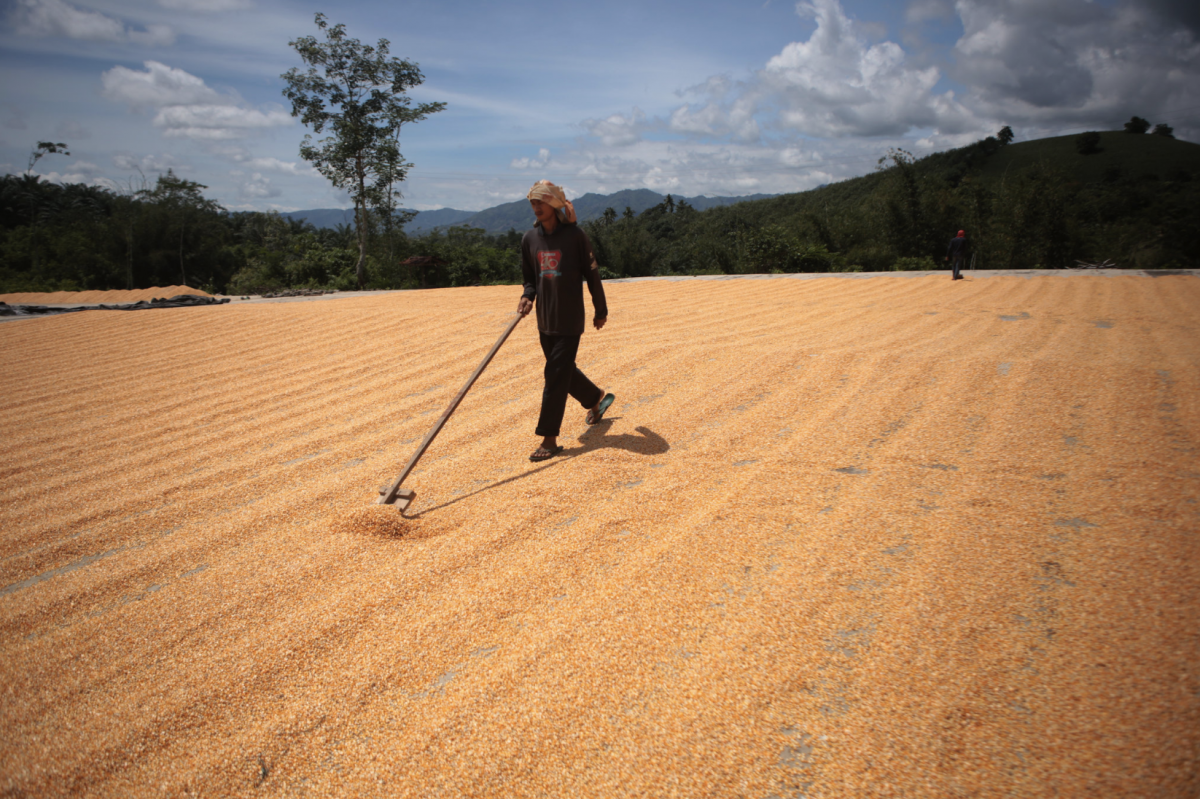Supporting Philippines to advance their NAP process
Project Overview
Jan 2011
National Climate Change Action Plan is issued
Oct 2015
Philippines submits their Intend Nationally Determined Contribution (INDC) to the Paris Agreement
Mar 2017
Philippines ratifies the Paris Agreement
Mar 2018
NAP-GSP undertakes mission to Philippines to identify gaps related to the adaptation planning in the water sector
Mar 2018
A Stocktaking Report is designed to outline findings from mission and identify priority areas to build capacity for development of NAP for the water sector

Country background, Sustainable Development Goals and Paris Agreement
The Philippines is an archipelago situated in Southeast Asia, comprised of more than 7,000 islands. From 2011 to 2017 it was consistently ranked as the third most exposed country to the risks of natural hazards by the World Risk Reports, next to Vanuatu and Tonga, and is one of the country’s most at-risk to the impacts of climate change. The Philippine Atmospheric Geophysical and Astronomical Services Administration observed that the intensity of tropical cyclones entering the Phililppine are of responsibility had been increasing between 1951 and 2015. Explaining why the most damaging typhoons struck in recent years, notably Typhoon Haiyan (2013), by far the strongest ever recorded in the world, and the El Nino event in 2015 which affected 7 million individuals across 43 provinces and was the strongest since 1950.
While the Philippines have abundant water resources, distributing water at sufficient levels of quantity and quality is challenging. Given geographic and seasonal variations, several parts of the Philippines are water scarce during the dry season, and climate change will exacerbate this situation. Projected increases in rainfall during wet seasons will increase the prevalence of flooding, mud slides and the spread of waterborne diseases, while decreases during dry seasons will affect dam operations and domestic water supply, irrigation, hydro power generation, water quality, and fisheries. Water availability and the threat of climate-induced natural hazards are threatening food security. The agricultural industry constitutes one third of employment, and about 18 percent of GDP, and is the backbone of the sustainbale attainment of food security. But from 1990 to 2006, data shows average annual damages to agriculture equate to around US$ 240 million, mainly through typhoons, but also through floods and droughts.
Recognizing the vulnerability of the country to climate change a Climate Change Commission (CCC) was created in 2012. The CCC then developed the National Climate Change Adaptation Plan (NCCAP), which is the overarching action plan regarding climate change adaptation and mitigation in the Philippines. The Cabinet Cluster on Climate Change Adaptation and Mitigation (CCAM) was also created to focus on increasing coordination among government agencies. The country’s development policy framework is defined by five-year Philippine Development Plan 2017-2022. With the NCCAP there is an institutional framework in place to build resilience and work towards acheiving the Sustainable Development Goals. Specifically, the Philippine Intended Nationally Determined Contribution (INDC) to the Paris Agreement outlines the priority areas that climate change adaptation intervetions should focus on: (1) Institutional and system strengthening for climate monitoring and observation, amongst others; (2) expansion of climate vulnerability assessments; (3) development of climate and disaster-resilient ecosystem(s); (4) enhancement of climate and disaster-resilience of key sectors – agriculture, water and health; (5) systematic transition to a climate and disaster-resilient social and economic growth; and (6) research and development on climate change.
How has the NAP-GSP supported to date?
|
Conducted a mission to the Philippines to support identification of gaps on NAP in water sector
|
In March 2018, the NAP-GSP undertook a mission to the Philippines. The goal of the mission was to review existing policy and programmatic support that could be leveraged, and to suggest entry points and strategic directions to advance adaptation planning and ensure its contributes to the overall adaptation planning process in the country, with a focus on the water sector.
|
|
Constructed a Stocktaking Report based on information gathered on mission
|
Based the stocktaking mission, a Stocktaking Report was produced in consultation with all key stakeholders. The outcomes of the report and suggested priority areas to focus on in order to advance adaptation planning for the water sector were: (1) strengthening institutions and the use of climate information and planning tools; (2) enhancing capacities and knowledge base for climate change adaptation integration; and (3) scaling up of CCA investments in water.
|
Country Initiatives
Philippines NAMA
Undefined
